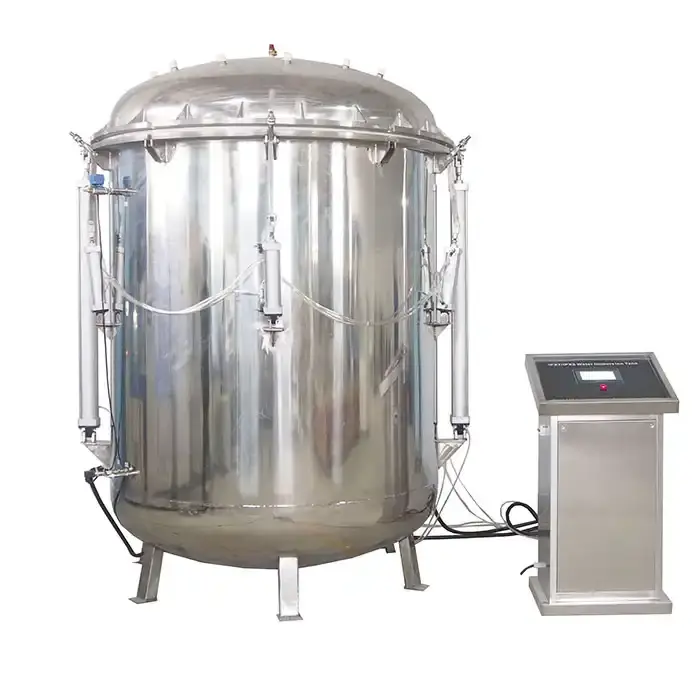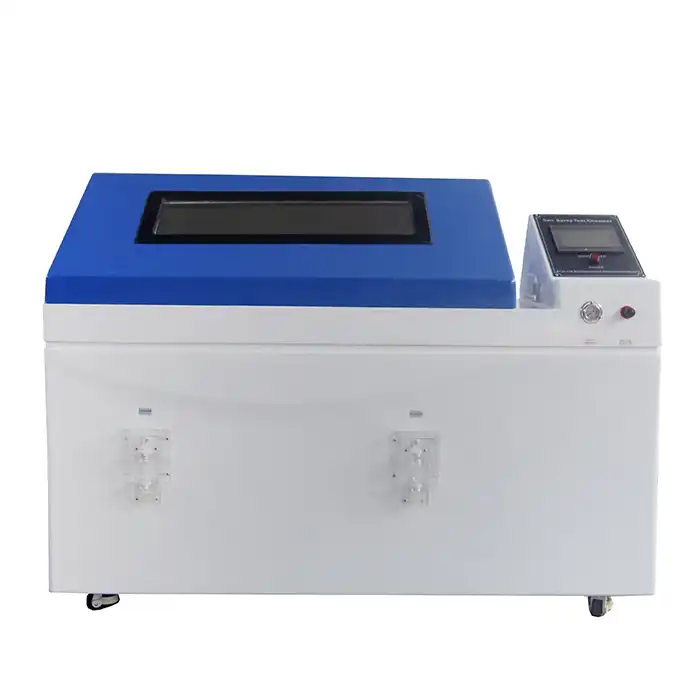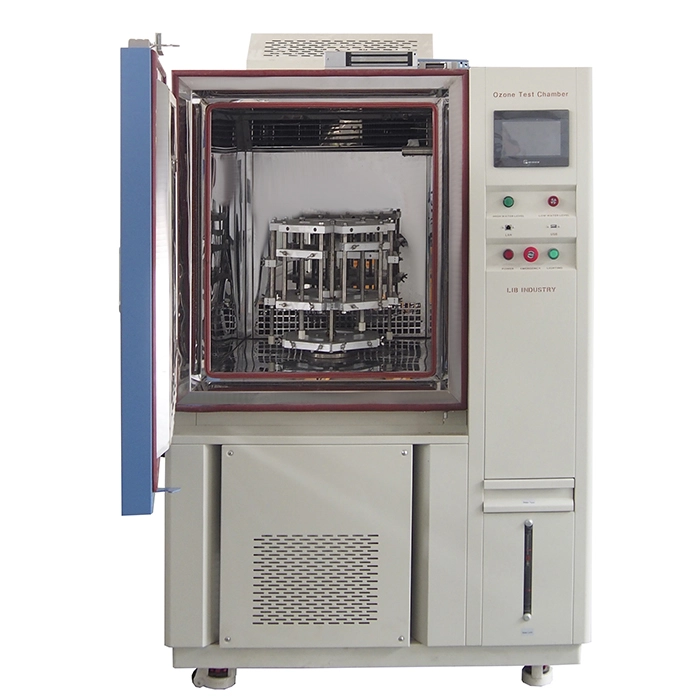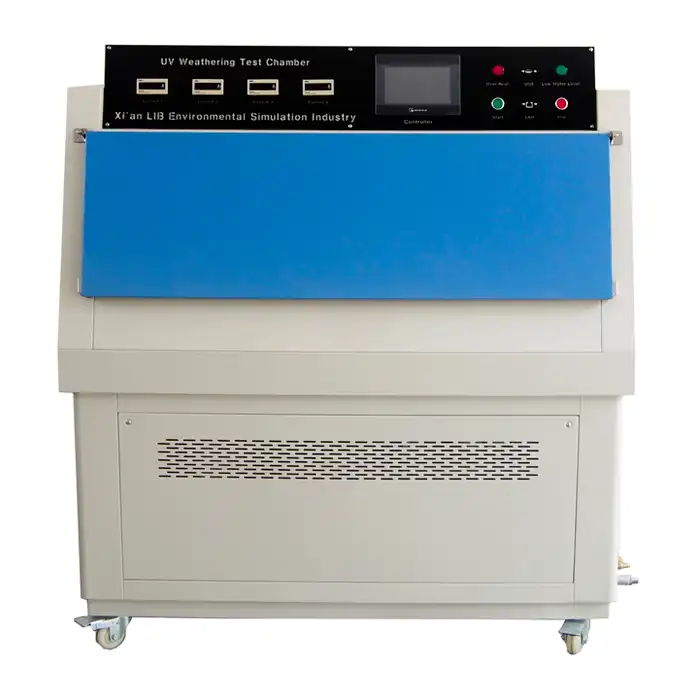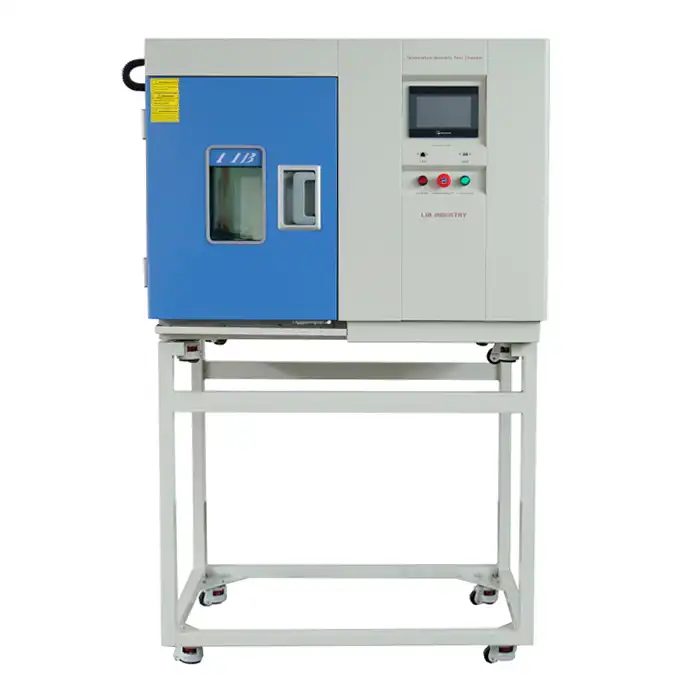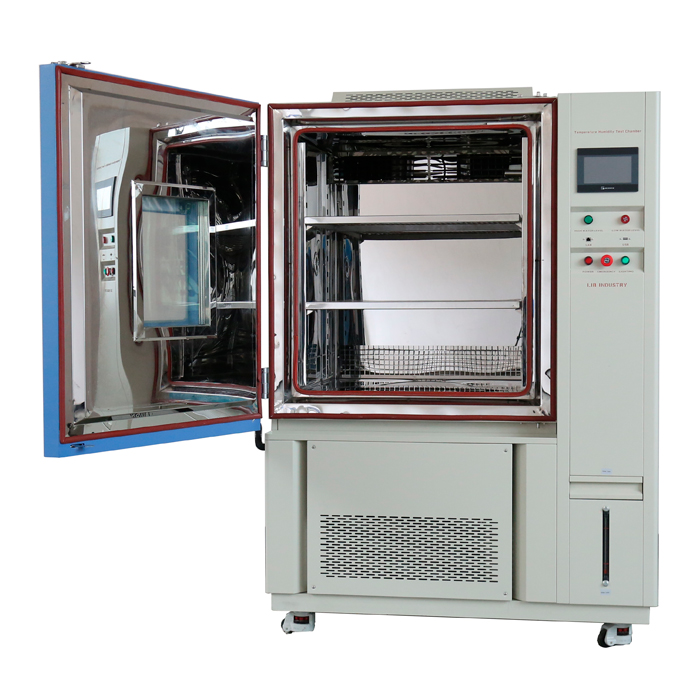Cyclic Corrosion Chambers vs. Salt Spray Chambers: Key Differences Explained
When it comes to corrosion testing, selecting the ideal chamber can determine the accuracy and relevance of your results. Two of the most widely used options are cyclic corrosion chambers and salt spray chambers. Both serve unique purposes, but their differences can significantly impact the way you replicate real-world conditions. Let's explore the key distinctions to help you make an informed decision.
Unveiling the Dynamic Exposure Regimens of Cyclic Testing
Cyclic corrosion chambers are designed to simulate complex, alternating environmental conditions. Unlike traditional salt spray chambers that continuously expose samples to a salt fog environment, cyclic chambers can alternate between dry, wet, and humid conditions. This dynamic exposure mimics real-world scenarios more accurately.
For instance, automotive manufacturers often rely on cyclic testing to replicate the alternating cycles of rain, humidity, and dry heat that vehicles endure in real life. Studies show that cyclic testing results in corrosion patterns closely resembling those seen in field performance, ensuring more predictive and reliable evaluation.
Salt spray chambers, on the other hand, are ideal for accelerated testing in a single, continuous environment. While effective for detecting surface-level corrosion, they don't fully replicate the environmental complexities encountered in actual outdoor conditions. For industries requiring deeper insight into corrosion mechanisms, cyclic chambers are the superior choice.
Replicating Real-World Weathering Through Controlled Cycling
A cyclic corrosion chamber excels in replicating real-world weathering through its ability to control and sequence various environmental factors. By alternating between phases such as fogging, drying, and humidity control, these chambers provide a closer representation of natural weather cycles.
For example, industries like aerospace and construction use cyclic testing to assess the long-term durability of materials. Real-world exposure often involves shifts between dry spells and high-humidity periods, coupled with exposure to corrosive elements like salt or pollutants. Cyclic corrosion chambers recreate this variability, ensuring that products are tested under conditions that closely mirror their intended use environments.
Salt spray chambers, while effective for quick results, are more limited in scope. Their continuous salt fog simulation is useful for testing protective coatings but falls short when assessing how materials respond to changing conditions over time. For manufacturers seeking data on real-world durability, cyclic corrosion chambers provide unparalleled accuracy.
How Cyclic Variations Influence the Patterns and Mechanisms of Degradation?
The ability of cyclic corrosion chambers to alternate environmental conditions has a profound impact on the degradation process. Cyclic variations influence both the rate and mechanism of corrosion, providing insights that are far more detailed than those obtained from static tests.
For example, in a cyclic environment, the drying phase can lead to the crystallization of salt deposits on the material's surface, intensifying localized corrosion during subsequent wet phases. This complex interplay of corrosion processes is vital for understanding how materials degrade in real-world conditions.
Salt spray chambers, in contrast, primarily accelerate surface corrosion due to their continuous exposure to salt mist. While effective for identifying weak points in coatings, they lack the ability to reveal deeper insights into the patterns of degradation caused by fluctuating environments. This makes them less suitable for industries demanding high-precision testing.
Balancing Speed and Relevance in Corrosion Testing for Predictive Performance
One of the key challenges in corrosion testing is finding the right balance between speed and relevance. Salt spray chambers are often favored for their ability to deliver rapid results, making them ideal for quality control tests or assessing the performance of protective coatings. However, their accelerated nature can sometimes lead to results that don't fully align with real-world conditions.
Cyclic corrosion chambers strike a balance by offering accelerated testing without compromising relevance. By simulating alternating environmental conditions, they provide data that is both predictive and actionable. For instance, in the automotive industry, cyclic testing can predict how a vehicle's exterior will hold up in varying climates, from humid tropics to arid deserts.
The flexibility of cyclic chambers allows manufacturers to customize test cycles according to their specific needs, making them a versatile solution for industries where long-term durability is critical. While salt spray chambers remain a valuable tool for certain applications, cyclic corrosion chambers offer a more comprehensive and realistic approach to corrosion testing.
LIB Cyclic Corrosion Chamber
LIB Industry offers state-of-the-art cyclic corrosion chambers designed to provide accurate and reliable results for a wide range of industries. Our chambers integrate advanced technology to replicate real-world conditions through controlled cycles of fogging, drying, and humidity. Key advantages of LIB cyclic corrosion chambers:
- Customizable Test Cycles: Tailored to meet specific testing standards, such as ASTM and ISO, ensuring compliance with industry requirements.
- Accurate Real-World Simulation: Replicates complex environmental conditions for predictive performance.
- Durability and Efficiency: Built with high-quality materials for long-term use and consistent results.
- User-Friendly Interface: Intuitive controls for easy operation and precise adjustments.
Our cyclic corrosion chambers are trusted by industries including automotive, aerospace, and electronics, where durability and performance are non-negotiable. With LIB Industry's commitment to innovation and customer satisfaction, you can be confident in the quality and reliability of our products. To learn more or request a quote, contact us at ellen@lib-industry.com.
References
1. ASTM International - Standards for Corrosion Testing.
2. "Advances in Corrosion Science and Technology," Journal of Materials Research.
3. ISO 9227: Corrosion Tests in Artificial Atmospheres - Salt Spray Tests.
4. "Cyclic Corrosion Testing: Bridging the Gap Between Laboratory and Field," Materials Performance Magazine.



